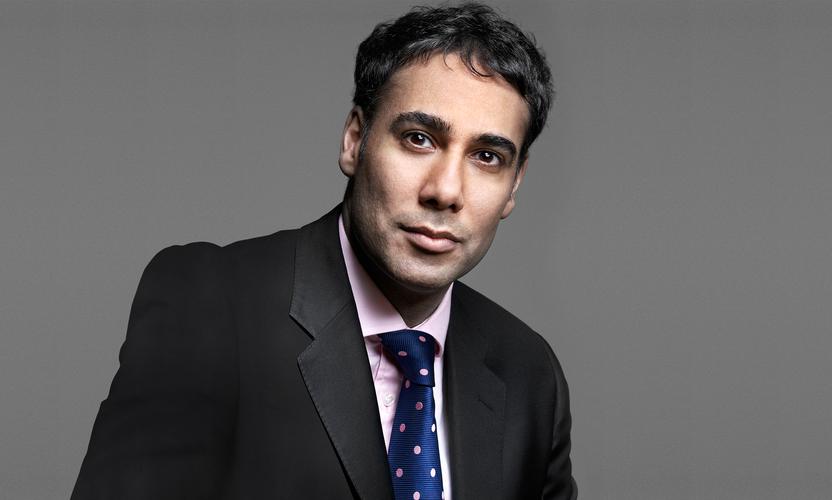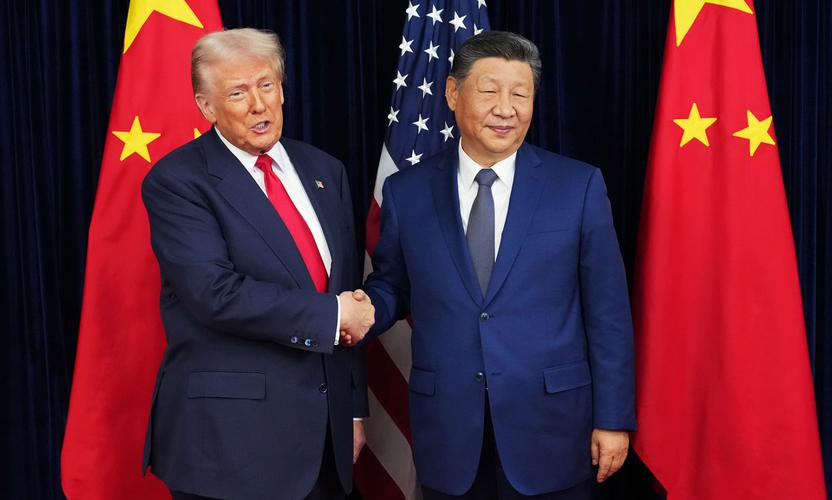New normal
In periods of market volatility like this, especially after a long rally, it is normal for investors to narrow their time horizons. Capital preservation becomes the primary consideration. However, to paraphrase Warren Buffett, whenever fear becomes the dominant sentiment, long-term investors need to think about where to be greedy.
There is, first, a distinct risk in continuing a simple chase for yield or targeting ‘low volatility’ securities. While these have been dominant themes in markets for a decade, such ‘expensive defensives’ may in time be more vulnerable than is currently appreciated - especially if central bank intervention is seen to have little impact on demand in the real economy, exposing a small margin of safety.
Consider the emergency rate cut and other measures the Fed announced on Sunday. While these actions will help to ease the liquidity strain in funding markets, they will not do much to counter productivity losses as measures to contain the Covid-19 pandemic escalate. The US and other developed economies are likely in time to introduce more fiscal measures to stimulate their economies over the medium term. It is also not a given that Asian central banks, China in particular, will follow the Fed playbook to move policy rates toward zero.
In a volatile environment like this, how should investors position themselves? Here are three long-term calls to consider:
1. Get active
We have seen passive strategies boom in terms of flows over the last decade and they now constitute a significant part of the of the ownership of the markets and an even greater part of daily flows. A period of rising asset prices boosted by easy monetary policy has made this a smart allocation, especially in US markets. Now, however, it’s worth considering whether active strategies should become a greater focus for investor portfolios. There are three underlying reasons for this. First, periods of higher market volatility will always strain the ability for trackers to accurately reflect market return, so there is a higher chance these strategies return less than the benchmarks that they are replicating. Second, an extended period of popularity for passive strategies (and other forms of factor or rules-based investing) has meant a greater focus for active managers on clarifying their processes and improving portfolio construction, while incorporating sustainability measures to more holistically assess corporate risk: in short, the value proposition has had to respond and improve. Finally, after a period of extensive dislocation between asset prices and underlying valuations, the prospect for active returns has never looked better.
2. Look to Asia
Asia, including emerging Asia, is an undeniably attractive allocation for the coming decade in several respects. To start at the simplest level, today Asia represents a much greater proportion of global economic output than is reflected in most global equity or bond indices, but it’s clout in terms of both GDP and share of investment allocations will rise at a significantly higher pace than the global average. As Keynes said, in the short term the market is a voting machine, but in the long term it is a weighing machine. Even in the context of recent news flow, there are several short-term positive drivers that are becoming more evident. First and most obvious is that a period of lower oil prices will, over time, lead to a benefit for industry and consumers across the region, especially for net oil importers like China. Second, a decade long rise in the value of the US Dollar has also placed a funding strain on many Asian economies. This now appears to be turning, and recourse to additional monetary and fiscal stimulus by the US should add to this headwind turning into a tailwind for the region. Finally, as the prospects for Asia as a whole are increasingly tied to China, recent concerns around state of the Chinese economy, the impact of the Covid-19 outbreak and trade wars have led to lower valuations across the board.
3. Rethink market classification
Digging into what is going on more broadly in politics, geopolitics and the greater divergence between different economies globally, the way investors identify and allocate to different market opportunities looks ripe for change. Traditional market and sector classifications are looking increasingly clunky as a way of trying to determine preferred (or less preferred) exposures.
This is especially true when it comes to ‘developed markets’; what we see is that the country where a security is listed has increasingly little to do with its scope of operations, sources of revenue or its primary trading currency. The UK is a good example here, where close to two thirds of the income earned by companies on the FTSE 100 is from overseas operations or subsidiaries. Similarly, the rapidly changing nature of the corporate sector makes industry-based classifications harder. This, compounded by the impact of historic decisions of membership, are making sectors less of a natural grouping today versus at any point in history.
As investors think about navigating this period of turbulence, some of the best opportunities are in themes with secular growth that cut across industry and market classifications, be those around emerging markets, consumption in China, innovative technologies or the drive towards sustainable investing. Investing around themes has, in many cases, justifiably come in for a lot of criticism as some of the most resonant ideas can be very specific (e.g. ‘robotics’ or ‘shale oil’). Think of the thematic approach more as an interesting way to redefine the larger opportunity set, rather than a way to mine a narrow seam.
None of the above is meant as a guide to timing the markets. But in any point where the market hits an air pocket, the reactive selling (and buying) can make the longer-term opportunities harder to divine. These are three that stand out amid the noise.








































